Key Takeaways
Hello Heart Hero. We get it, feeling an unusual heartbeat can be unsettling. A heart rhythm disorder, or arrhythmia, is simply a problem with your heart's electrical signaling that causes it to beat too fast, too slow, or in a chaotic, irregular way. You're not alone in this, and understanding what’s happening is the first powerful step toward feeling in control.
Your Guide to Understanding Heart Rhythms
Feeling an unexpected flutter, a sudden racing pulse, or a skipped beat is a deeply personal and often worrying experience. Many people feel dismissed or unheard when they try to explain these sensations. We want you to know that what you're feeling is real, and seeking clarity is one of the most proactive things you can do for your health.
Think of your heart's electrical system like the wiring in a house. Most of the time, it works perfectly, creating a steady, reliable rhythm. But sometimes, a signal can misfire, causing the lights to flicker. A heart rhythm disorder is just like that, a glitch in the electrical coordination of your heartbeat.
Why Understanding Your Heart Matters
Knowledge is the antidote to anxiety. When you understand the basics of what a heart rhythm disorder is, you can move from a place of uncertainty to one of empowerment. This guide is designed to give you that clarity without overwhelming you with complex medical jargon.
At its core, understanding arrhythmias contributes to a broader comprehension of your overall cardiovascular health. This underscores the importance of monitoring cardiovascular health, as it allows you to connect the dots between your symptoms, lifestyle, and long-term well-being.
These conditions are more prevalent than many realize. Heart rhythm disorders impact numerous individuals worldwide, with experts noting that one in three people will experience a potentially serious arrhythmia during their lifetime. Atrial Fibrillation (AFib) is the most frequent type, with its occurrence rising significantly from 2010 to 2019. More details can be found in the article on the global increase in heart rhythm disorders.
What You Will Learn Here
This guide will walk you through everything you need to know, breaking down complex topics into simple, manageable pieces. Our goal is to equip you with the confidence to have more informed conversations with your doctors. We’ll cover:
- The different types of heart rhythm disorders in simple terms.
- Common symptoms and what might trigger them.
- How you can use modern technology, like your smartwatch, to gather important data.
You are the expert on your own body. By learning more about how your heart works, you become a stronger advocate for your own health, armed with both knowledge and data to guide your journey.
How Your Heart’s Natural Pacemaker Works
To truly understand what a heart rhythm disorder is, it helps to first appreciate the beautiful, steady rhythm of a healthy heart. Imagine your heart is a small orchestra, playing a perfect, life-sustaining symphony. For this to work, it needs a conductor to set the tempo.
Your heart has its own natural conductor, a tiny cluster of specialized cells called the sinoatrial (SA) node. Think of the SA node as the heart's master drummer, setting a steady and consistent beat for the entire orchestra to follow. This is your body’s own natural pacemaker.
The Electrical Journey of a Single Beat
Each heartbeat begins with a tiny electrical spark generated by the SA node, located in the heart's upper right chamber (the right atrium). This spark is the downbeat, the signal that starts everything.
From there, the electrical signal travels through the heart's upper chambers, called the atria, causing them to contract. This contraction pushes blood down into the heart's lower chambers, the ventricles. This initial signal creates what’s known as the P wave on an electrocardiogram (ECG), the first little bump you see on a tracing from your smartwatch or another device.
The signal then pauses for a fraction of a second at another cluster of cells called the atrioventricular (AV) node. This brief delay is crucial, as it gives the ventricles enough time to fill up with blood before they are told to contract.
Finally, the signal races down specialized pathways to the ventricles, causing these powerful lower chambers to squeeze and pump blood out to your lungs and the rest of your body. This strong contraction creates the large, spiky part of the ECG tracing called the QRS complex. After this, the heart muscle electrically resets, preparing for the next beat.
This entire sequence, from the SA node's spark to the ventricle's powerful pump, happens in less than a second. It’s a perfectly coordinated electrical dance that produces the familiar "lub-dub" sound of a healthy heartbeat.
When the Drummer Has Trouble
A heart rhythm disorder occurs when this electrical pathway is disrupted. The problem might be with the SA node itself, where the beat originates. For example, it might fire too quickly, too slowly, or inconsistently. If you're curious about this, you can learn more about what happens when the natural pacemaker itself has issues by reading our guide on what is sinus node dysfunction.
Alternatively, the signal might get blocked or take an incorrect shortcut somewhere along its journey. Any of these issues can cause the heart's rhythm to become erratic. It’s like the orchestra’s conductor is either missing beats, adding extra ones, or losing control of the tempo entirely.
This helpful infographic breaks down the main types of heart rhythm disorders into three simple categories.
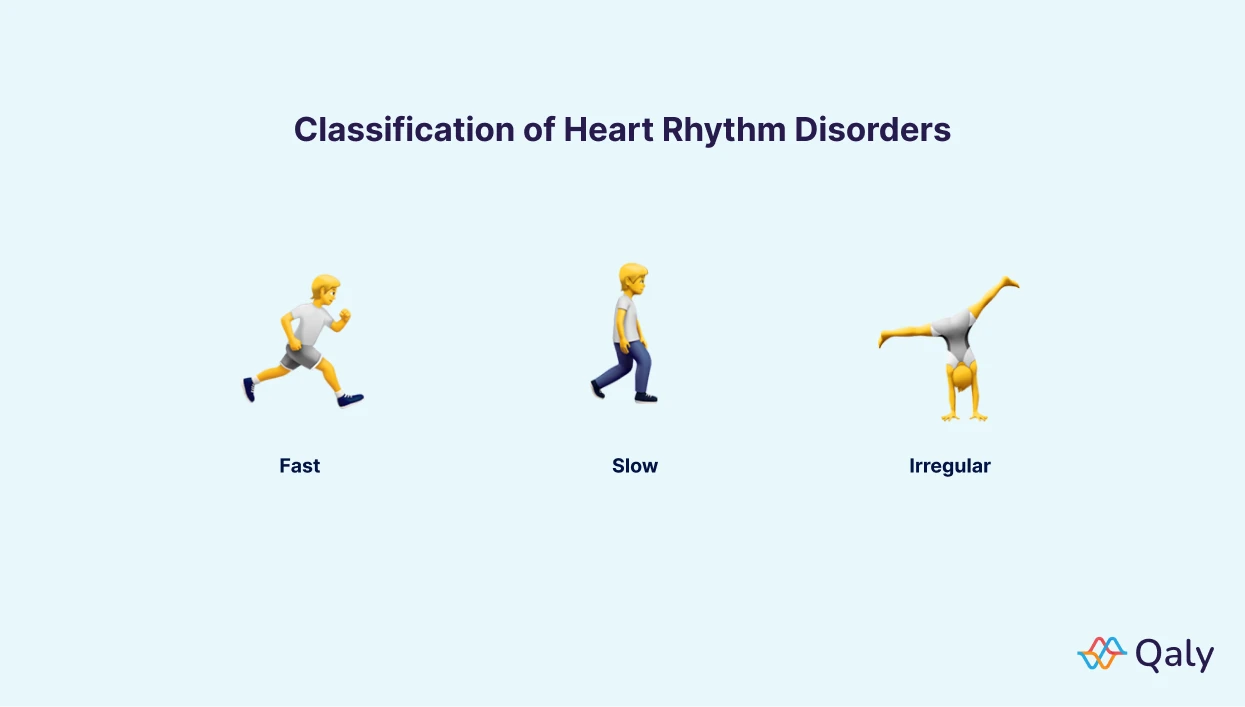
As you can see, the issues boil down to your heart beating too fast, too slow, or simply in an irregular, chaotic pattern. Understanding this foundational electrical process is the key to making sense of what you see on your ECG and feeling more empowered in conversations about your heart health.
Understanding Common Types of Arrhythmias
When a doctor throws out a term like "Atrial Fibrillation" or "Supraventricular Tachycardia," it's easy to feel overwhelmed. These words sound complicated and can leave you with more questions than answers. The goal here is to cut through the medical jargon and explain these common arrhythmias in a way that actually makes sense.
Think of it this way: putting a name to what you're feeling is the first step toward taking control. Once you know what it’s called, it stops being a scary unknown and becomes a manageable part of your health journey. Let's break down some of the most frequent heart rhythm issues.
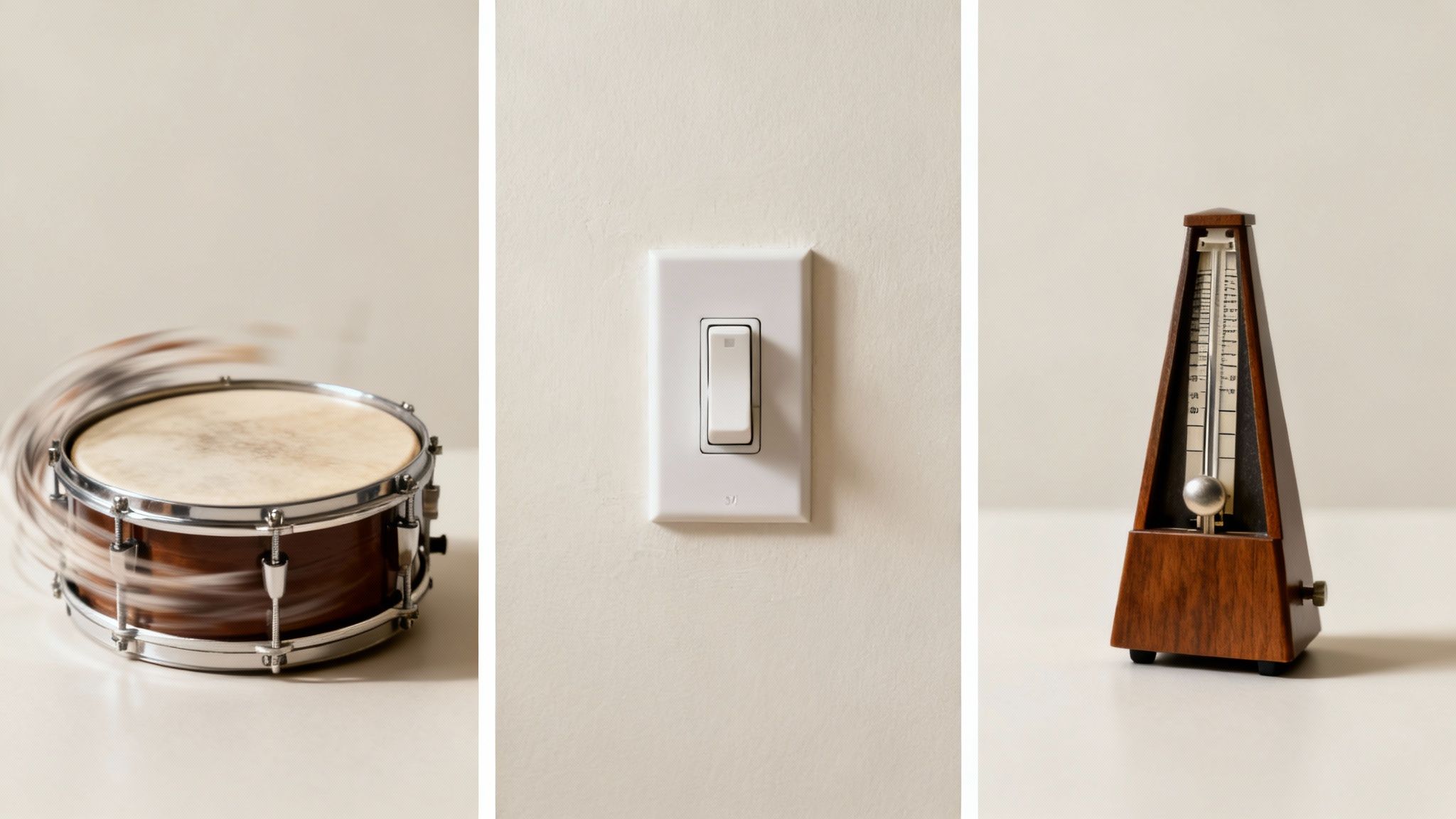
Atrial Fibrillation: The Chaotic Rhythm
Atrial Fibrillation, or AFib, is the most common serious heart rhythm disorder. Picture the heart’s top two chambers, the atria, as a team of rowers who are supposed to pull their oars in perfect time. In AFib, that synchronization is gone.

Instead of a strong, unified contraction, the atria just quiver chaotically. It's as if the rowing team has completely lost its rhythm, with everyone paddling at different speeds and in different directions. This chaos creates a rapid, irregular pulse that often feels like a fluttering or quivering in your chest.
Because the atria aren't pumping blood efficiently into the lower chambers, AFib can raise the risk of other serious health problems if it isn't managed. Catching this pattern on your smartwatch ECG is a critical first move toward getting the right care.
Tachycardia and Bradycardia: Too Fast or Too Slow
Not every arrhythmia is chaotic. Sometimes, it's just about speed. The two most fundamental categories here are Tachycardia and Bradycardia.
- Tachycardia is the medical term for a heart rate that’s too fast, usually over 100 beats per minute when you’re at rest. It can feel like your heart is racing or pounding, even when you're not exercising or feeling stressed.
- Bradycardia is the opposite: a heart rate that’s too slow, typically under 60 beats per minute at rest. While a low resting heart rate can be normal for athletes, for others it can lead to dizziness and fatigue because the body isn't getting enough oxygen-rich blood.
It's important to remember that context is everything. Your heart naturally speeds up when you exercise and slows down when you sleep. These terms apply when your heart rate is too fast or slow while you’re at rest, without an obvious reason.
SVT: The Stuck Light Switch
Supraventricular Tachycardia (SVT) is a specific kind of fast heartbeat that originates in the heart's upper chambers. It's notorious for starting and stopping abruptly, often catching you completely by surprise.
Think of SVT as a faulty light switch in your heart's electrical system. Normally, the switch flicks on and off to create one beat at a time. In SVT, that switch gets stuck "on," causing an electrical signal to loop and fire repeatedly.
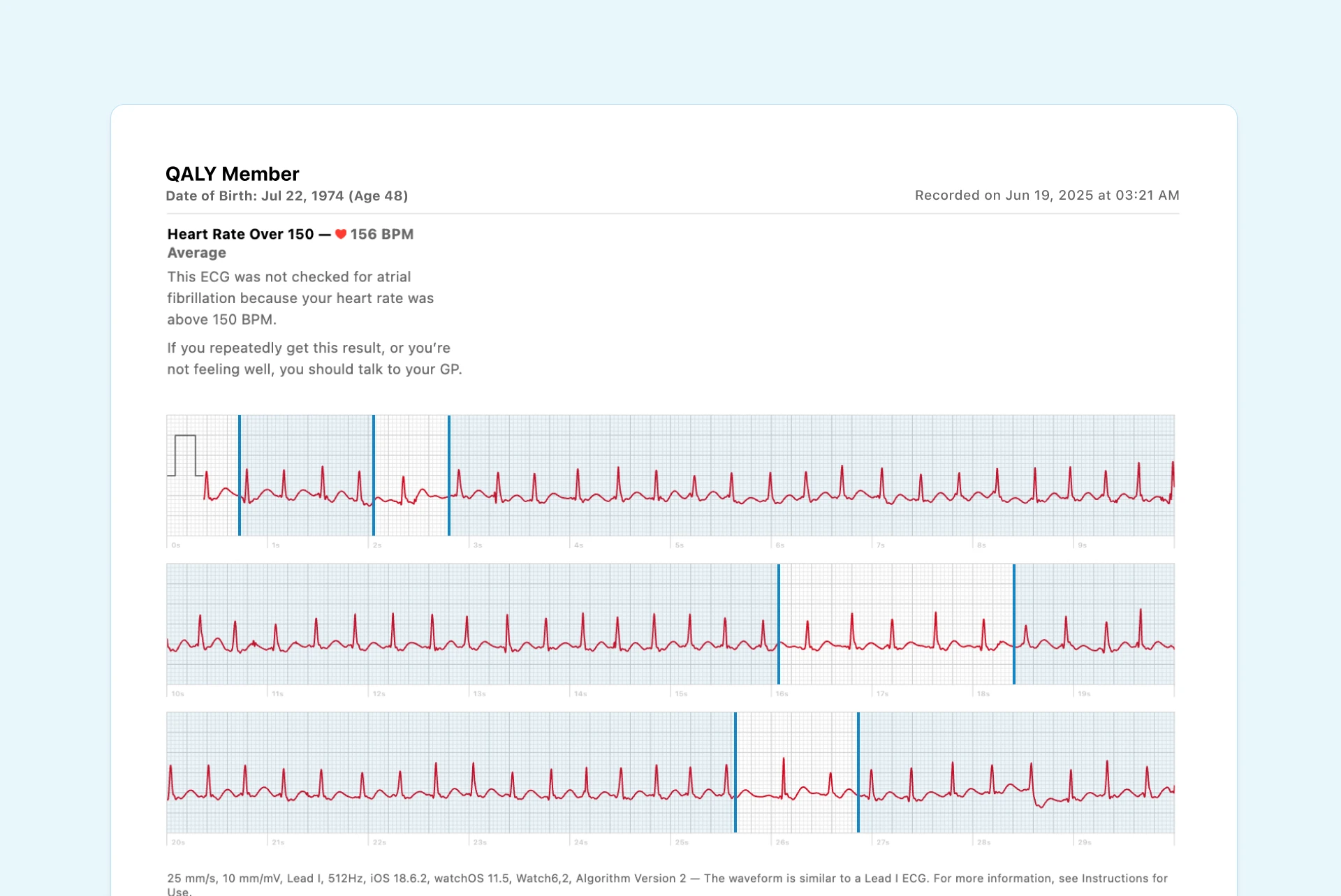
This creates a burst of very fast, but typically regular, heartbeats. An SVT episode can last for seconds, minutes, or even hours, and it often feels like a sudden, intense pounding in your chest that appears out of nowhere.
PVCs: The Unexpected Thump
Ever felt your heart give a sudden, hard "thump" or feel like it skipped a beat? You might have experienced a Premature Ventricular Contraction (PVC). These are extra, out-of-sync heartbeats that come from one of the heart’s lower chambers, the ventricles.
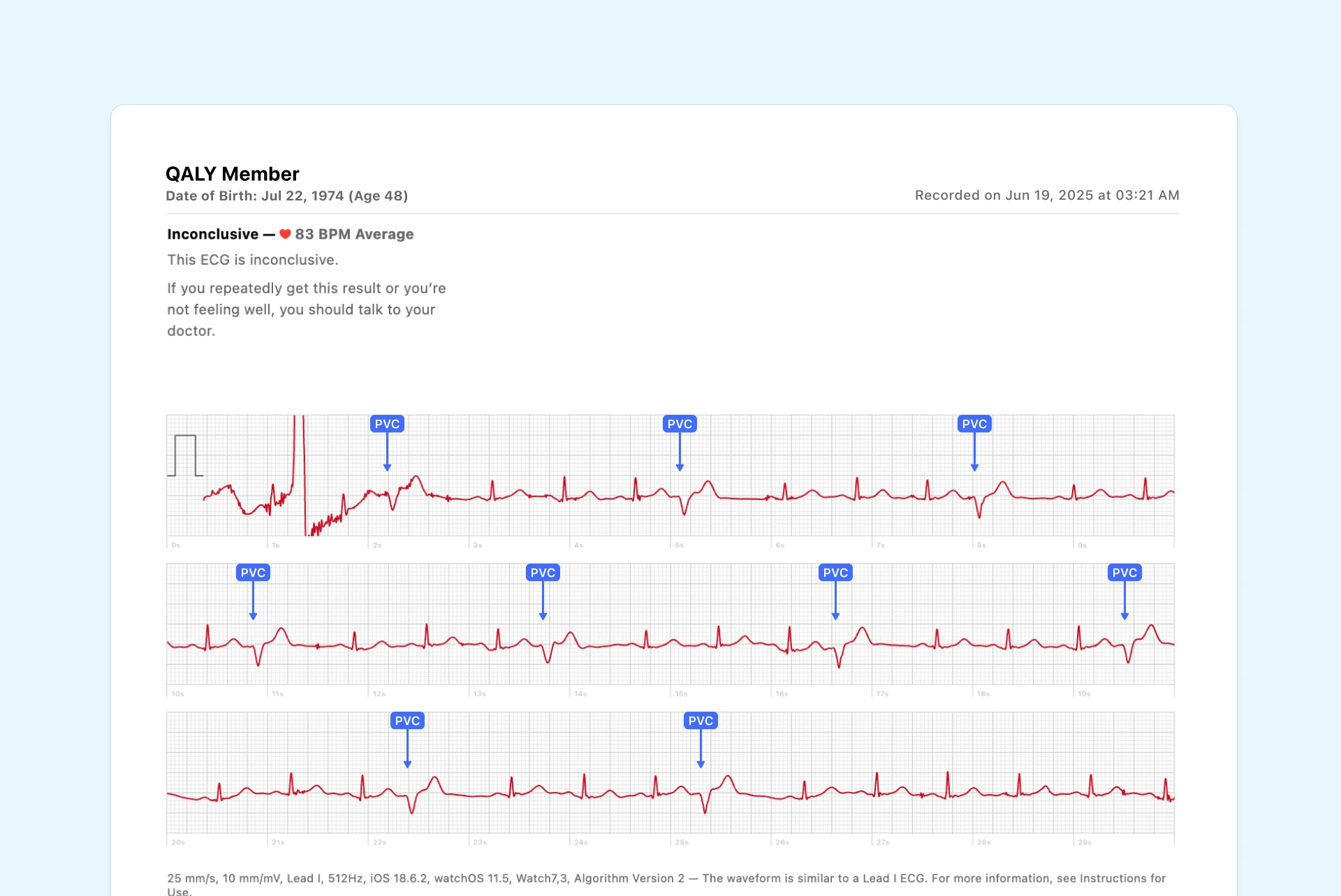
A PVC is like an unexpected drumbeat thrown into a steady rhythm. The extra beat happens earlier than it should, and it's often followed by a slight pause as the heart's electrical system resets. That pause is what creates the "skipped beat" feeling, and the next normal beat can feel noticeably stronger.
For many people, occasional PVCs are totally harmless and can be triggered by things like caffeine, stress, or a lack of sleep. If they happen frequently, though, they’re worth discussing with your doctor. There are other less common electrical issues, and for those who want to dive deeper, our guide to understanding Long QT Syndrome provides more detail. By demystifying these terms, you can turn scary-sounding labels into concepts you can understand and confidently discuss.
What Causes Irregular Heartbeats and How They Feel
When that weird heart rhythm pops up, two questions usually race through your mind: "Why is this happening to me?" and "Is what I'm feeling even real?" Let's tackle both, because your experiences are absolutely valid, and knowing the potential reasons behind them can bring a lot of peace of mind.
An irregular heartbeat doesn't automatically mean something is seriously wrong. Sometimes, the heart's electrical system is just reacting to things in your everyday life. Think of these as temporary hiccups in your heart's natural rhythm.
Common Triggers You Can Control
Many people are surprised to find out that their daily habits can have a direct impact on how their heart behaves. Learning to spot these patterns is a powerful way to connect the dots between your lifestyle and your symptoms.
Common triggers often include:
- Stress and Anxiety: When your mind is racing, your heart often decides to join the party. Stress hormones can directly fire up your heart's electrical system.
- Caffeine and Alcohol: No surprise here, these are well-known stimulants that can make your heart cells a bit more "excitable," sometimes leading to those extra or rapid beats.
- Dehydration and Fatigue: Your body is a finely tuned machine that needs the right balance of fluids and rest. When you're running low on either, it can throw off the delicate mineral balance that governs your heart's electrical signals.
Underlying Health Factors
Beyond daily habits, a heart rhythm disorder can also be tied to other health conditions. These issues can cause long-term changes to the heart's structure or electrical wiring, making arrhythmias more likely to happen.
Underlying causes can include things like high blood pressure, thyroid problems, sleep apnea, or a previous heart condition. It’s best to see these not as a definite cause, but as potential pieces of a bigger puzzle. The global burden of cardiovascular diseases, which includes arrhythmias, is projected to climb steeply. Between 2025 and 2050, the worldwide prevalence is expected to jump by 90%, mostly driven by factors like high blood pressure and diet. The good news is that advances in care mean outcomes are improving. You can discover more insights about these global heart health trends.
What Does an Arrhythmia Feel Like?
If you've ever tried to explain your symptoms and felt like you weren't being taken seriously, know that what you feel is real and shared by millions.
The feeling of a palpitation is one of the most common experiences people report. It isn't just one single sensation, but a whole range of them, and your experience is unique. It could feel like a quick flutter, a forceful pounding, a skipped beat, or a sudden flip-flop in your chest.
On top of palpitations, other common symptoms can include:
- Dizziness or Lightheadedness: This can happen if a really fast or slow heart rate temporarily cuts down on blood flow to your brain.
- Shortness of Breath: You might feel like you just can't catch your breath, especially when your heart is racing.
- Sudden Fatigue: Feeling wiped out for no clear reason can also be a sign that your heart isn't pumping as efficiently as it should be.
Just recognizing that these feelings are real and have names is a huge first step. It validates your experience and gives you the confidence to look for answers, armed with the knowledge that you know your body best.
How Modern Technology Helps Diagnose Heart Rhythms
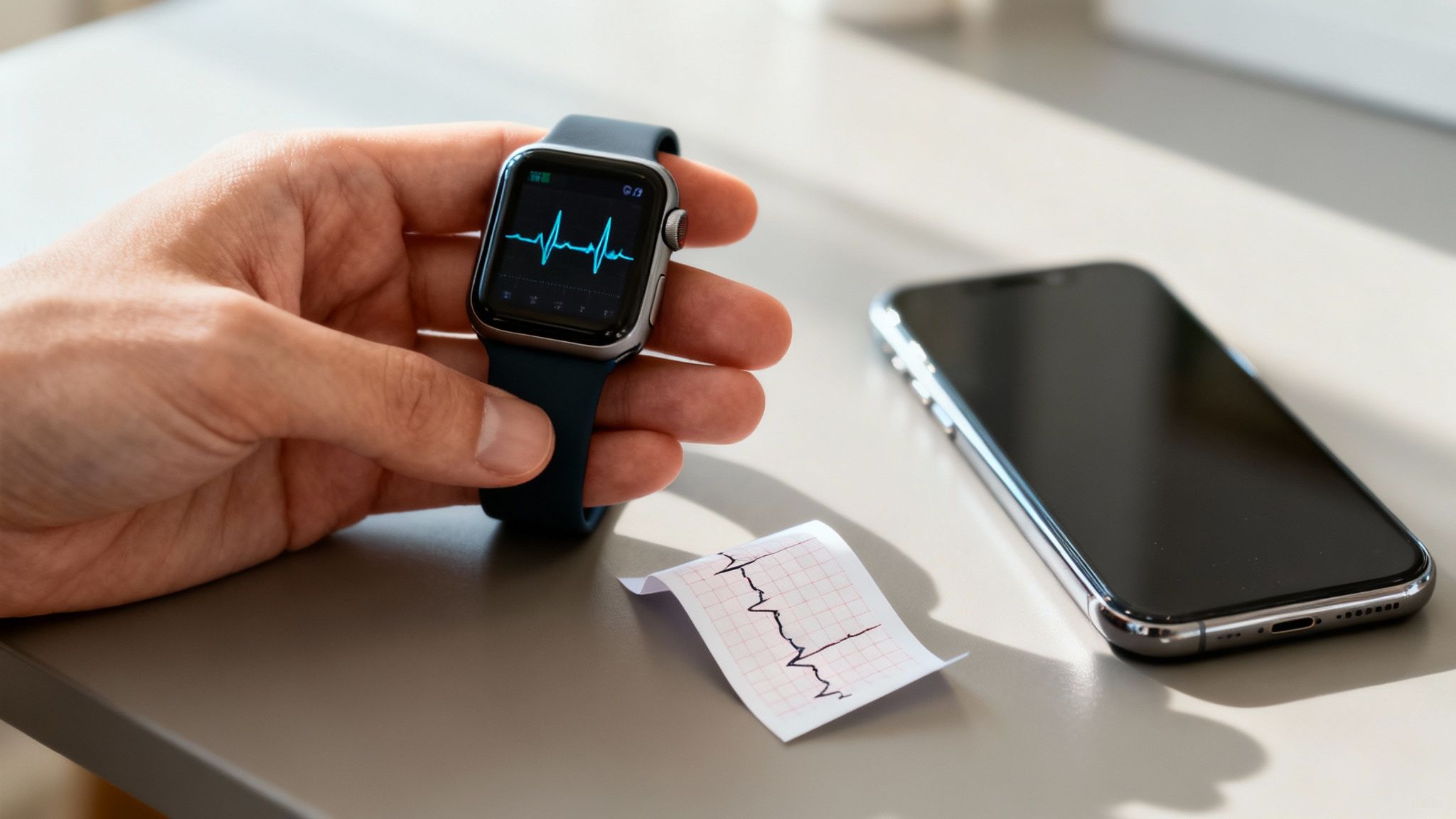
One of the most maddening things about a potential heart rhythm disorder is its timing. You feel a strange flutter, a skipped beat, or a racing pulse, but by the time you can get to a doctor's office, it's gone. This hide-and-seek game can leave you feeling dismissed or even wondering if you imagined it.
But technology has completely changed the game. You no longer have to wait for an appointment to get answers. The power to capture your heart’s electrical activity is now sitting right on your wrist.
Putting Power in Your Hands
Smartwatches and personal ECG devices have shifted the dynamic, putting you back in control. These tools let you record an electrocardiogram (ECG) the exact moment you feel a symptom. This is a massive leap forward from the old days of wearing a clunky monitor for 24 hours and just hoping it caught something unusual.
This immediate access to your own heart data is incredibly empowering. It allows you to build a personal library of your heart's behavior over time, capturing the very moments that concern you most. Instead of just telling your doctor what you felt, you can actually show them what your heart was doing.
This moves you from being a passive patient to an active, informed partner in your healthcare, armed with tangible evidence. If you're new to this, our guide on what is cardiac monitoring provides a great overview of how it all works.
From Raw Data to Real Insights
Capturing an ECG on your watch is a fantastic first step, but that squiggly line can still look like a foreign language. What does it actually mean? This brings us to the next crucial piece of the puzzle: bridging the gap between your personal device and professional medical expertise.
Simply having the data isn't enough; you need to understand it. Without proper interpretation, an ECG is just a pattern without context. This is where services that analyze these at-home recordings come in, turning that raw data into clear, understandable information you can actually use.
Your smartwatch is the perfect tool for detection, but expert human interpretation is what provides the clarity and peace of mind you need. This combination gives you credible, actionable insights to share.
The Human Touch in a Digital World
This is where a service like Qaly becomes so essential. It connects the ECG you just took on your watch to a certified cardiac technician who analyzes it for you, often within minutes. This isn't an algorithm making its best guess. It's a trained professional looking at your specific heart rhythm.
This process delivers two critical benefits:
- Speed and Reassurance: Instead of worrying for weeks until your next appointment, you can get a professional review of your ECG almost instantly. That rapid feedback can dramatically reduce anxiety and help you understand if what you're feeling needs urgent attention.
- Credible Reports for Your Doctor: The analysis you get is much more than a simple "normal" or "abnormal" reading. You receive a detailed report with key measurements and an expert interpretation that you can share directly with your doctor.
This human-reviewed analysis gives you the confidence to have a much more productive conversation with your care team. You're no longer just showing up with a symptom; you're bringing a professionally-vetted piece of data that shows exactly what happened. It ensures your concerns are backed by evidence, making it far more likely that you get the answers and care you need.
Taking the Next Steps with Confidence
Learning about heart rhythm disorders can be a relief, but it almost always brings up the next big question: "So, what do I do now?" The key is to move forward with a strategy, not just worry. This is your chance to take an active role in managing your own heart health.
First things first, you need to know when to act. If you’re ever hit with severe chest pain, shortness of breath, or feel like you might pass out, that’s your cue to get immediate medical help. No hesitation. For less dramatic symptoms, like those occasional flutters or a brief racing pulse, the right move is to schedule a visit with your doctor.
Creating Your Management Plan
There’s no one-size-fits-all playbook for managing a heart rhythm disorder. It's a team effort between you and your doctor, and it usually starts with the simplest, most effective changes you can make.
Often, a good plan includes:
- Lifestyle Adjustments: You'd be surprised how much impact simple things can have. Managing stress, cutting back on caffeine or alcohol, and even just staying well-hydrated can significantly reduce how often you feel symptoms.
- Medical Treatments: Depending on your specific arrhythmia, your doctor might suggest medications to control your heart rate or rhythm. In some cases, they may discuss procedures like a catheter ablation to fix the faulty electrical signals causing the problem.
It's also worth knowing that your treatment path can be influenced by where you live. For example, the median annual rate of ablation procedures is 432 per million people worldwide, but that number swings wildly from one region to the next. As detailed in this study on global arrhythmia care, access to advanced treatments isn't the same for everyone.
Empowering Your Doctor-Patient Partnership
Walking into a doctor's office can feel a little overwhelming, but you have a powerful tool on your side: data. The at-home ECGs you record when you feel symptoms are way more than just squiggly lines. They're hard evidence of what your heart is actually doing.
When you share professionally interpreted reports from your device with your doctor, you completely change the conversation. You’re no longer just trying to describe a weird feeling; you’re handing them a detailed snapshot of your heart’s electrical activity at the exact moment it happened.
This kind of specific information gives your doctor a much clearer picture of your heart's behavior over time, which helps them build a more effective, personalized plan for you. To make those conversations as productive as possible, it pays to come prepared. Check out our guide on the best questions to ask your cardiologist to make sure you get the most out of every appointment. Taking these proactive steps helps you move forward with a clear plan, feeling confident and in control of your health.
Frequently Asked Questions About Heart Rhythms
Diving into the world of heart health can feel overwhelming, and it's natural to have a lot of questions. Let's tackle some of the most common concerns we hear, so you can feel more confident and in control of your health journey.
Can Anxiety Cause a Serious Heart Rhythm Disorder?
It's a really common question. While stress and anxiety can definitely make your heart race or cause palpitations, they don't usually cause a serious arrhythmia all on their own.
However, long-term stress can play a role in developing risk factors like high blood pressure. Capturing an ECG right when you feel symptoms is the only way to know for sure if it's a normal response to stress or a true arrhythmia. This is exactly where at-home monitoring becomes so valuable.
Is My Smartwatch ECG Reliable Enough for a Diagnosis?
Think of your smartwatch ECG as an incredible screening tool. It’s fantastic for spotting potential issues that you can then bring to a professional. It's not a diagnostic tool in itself.
A formal diagnosis always has to come from your doctor. But when you can hand them high-quality ECGs that have already been reviewed by an expert, you’re giving them solid data to work with. This can make the whole diagnostic process quicker and more precise.
This simple step puts you in the driver’s seat. You walk into your appointment with credible evidence, making sure your concerns are heard and taken seriously right from the start.
Are All Heart Rhythm Disorders Dangerous?
Absolutely not, and that's important to remember. Many types of arrhythmias, like the occasional premature contraction (PVC), are incredibly common and completely harmless in people with otherwise healthy hearts.
The key is to get a proper evaluation to understand exactly what kind of rhythm irregularity you're dealing with and if it poses any risk. Getting that clarity is the single best thing you can do for your health and your peace of mind.
Ready for that clarity and peace of mind? With Qaly, you can get expert, human-reviewed interpretations of your smartwatch ECGs in minutes, 24/7.
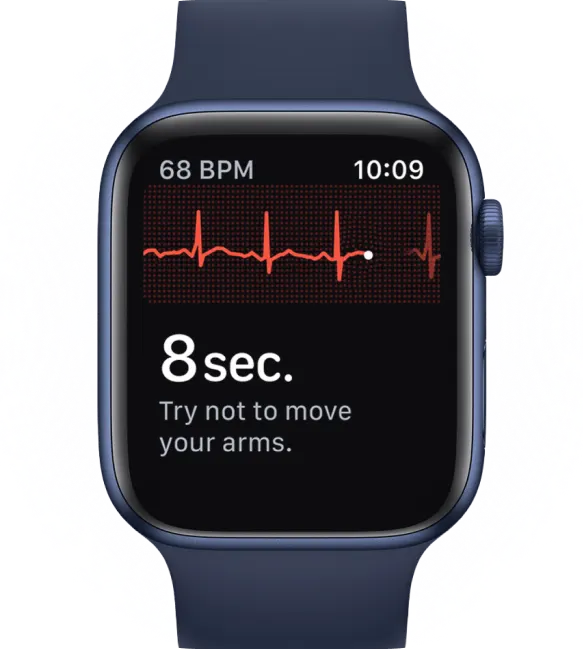









.png)
.png)